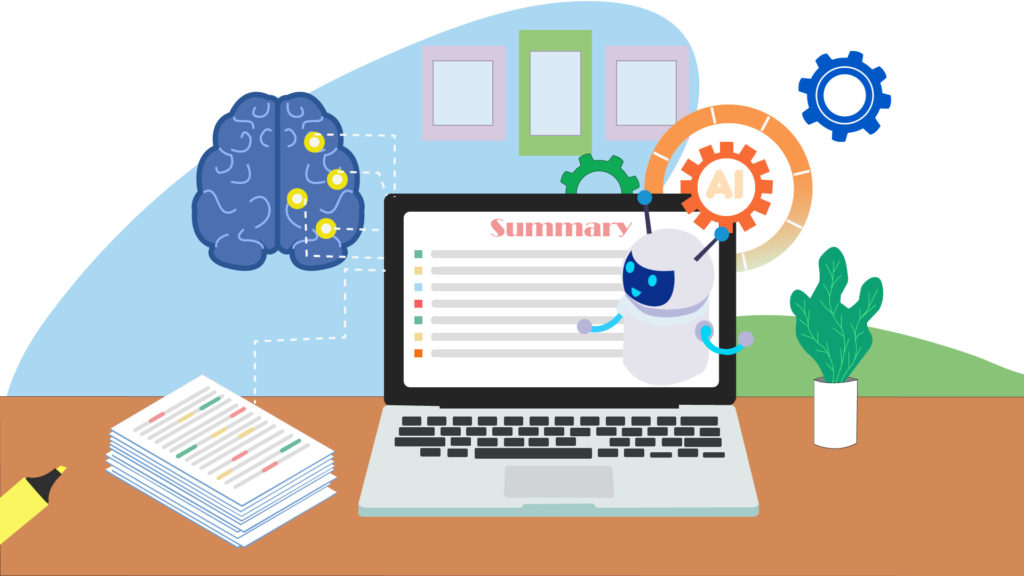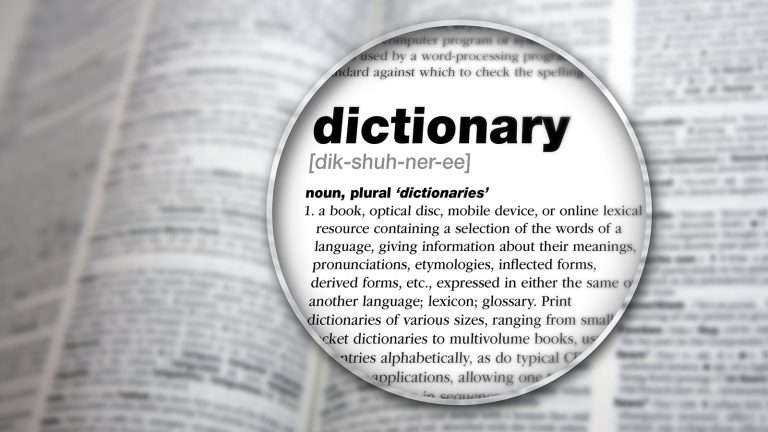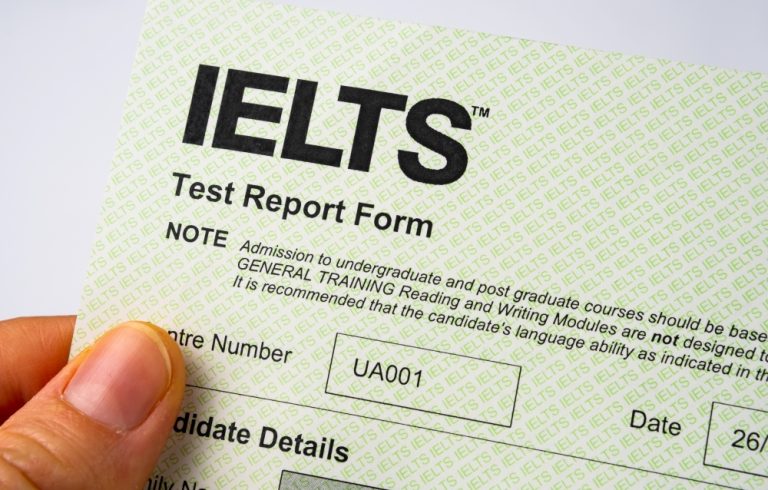Top Summarizing Strategies for Faster Learning
Summarizing is a powerful learning strategy that accelerates comprehension, retention, and mastery of new material. By distilling complex information into concise summaries, learners can efficiently extract key concepts, reinforce understanding, and save valuable time. Here are some top summarizing strategies to enhance your learning process:
1. SQ3R Method
Survey
- Preview the Material: Skim through the text to get an overview of the main topics, headings, and subheadings.
Question
- Generate Questions: Formulate questions based on the headings and subheadings to guide your reading and focus your attention on key points.
Read
- Read Actively: Engage with the material actively, highlighting key points, concepts, and supporting details as you read.
Recite
- Summarize Aloud: After each section or paragraph, summarize the main ideas and key points aloud in your own words to reinforce understanding.
Review
- Reflect and Review: Periodically review your summaries and notes to reinforce learning and identify any areas that require further clarification or review.
2. Cornell Method
Divide and Conquer
- Divide the Page: Divide your note-taking page into three sections: a narrow column on the left for cues or questions, a wider column on the right for notes, and a section at the bottom for summarizing.
Record Key Points
- Take Notes: During lectures or while reading, jot down key points, ideas, and concepts in the right-hand column, using abbreviations and symbols to speed up the note-taking process.
Summarize Succinctly
- Summarize: After completing a section or lecture, write a concise summary of the main ideas and key points in the bottom section of your notes, using your own words.
Review and Reinforce
- Review and Quiz Yourself: Use the cues or questions in the left-hand column to quiz yourself and review the material regularly to reinforce learning.
3. Chunking Technique
Break it Down
- Identify Chunks: Break the material into smaller, manageable chunks based on headings, subheadings, or logical divisions.
Summarize Each Chunk
- Summarize: After reading each chunk, summarize the main ideas and key points in your own words, focusing on capturing the essence of the information.
Connect the Dots
- Make Connections: Look for connections and relationships between different chunks of information, identifying overarching themes or patterns.
Review and Reflect
- Review and Reflect: Periodically review your summaries and reflect on how the chunks of information fit together to form a cohesive understanding of the topic.
4. Mind Mapping
Visualize Concepts
- Create a Mind Map: Use a visual diagram to organize and represent key concepts, ideas, and relationships, with the main topic in the center and branches for subtopics and supporting details.
Condense Information
- Summarize Succinctly: Condense information into brief phrases or keywords on the mind map, focusing on capturing the most essential elements of the material.
Engage Creatively
- Use Colors and Symbols: Use colors, symbols, and images to enhance understanding and retention, making the mind map visually engaging and memorable.
Review and Expand
- Review and Expand: Periodically review your mind map to reinforce learning and add new information or connections as your understanding deepens.
5. Technology Tools
Leverage Summarization Tools
- Utilize AI Tools: Take advantage of AI-powered summarization tools like QuillBot, SMMRY, or SummarizeBot to generate quick and accurate summaries of lengthy texts or articles.
Browser Extensions
- Install Browser Extensions: Install browser extensions like TLDR This or Simplifly to summarize web pages with a single click, making online research more efficient.
Audio and Video Summaries
- Explore Multimedia Summaries: Look for audio or video summaries of complex topics or lectures, which can provide alternative formats for learning and reinforce understanding.
Flashcards and Quizzes
- Create Flashcards: Use flashcard apps or quiz platforms to create flashcards or quizzes based on your summaries, testing your knowledge and retention of key concepts.
Conclusion
Summarizing is a versatile learning strategy that promotes faster learning, deeper understanding, and more efficient retention of information. By employing top summarizing strategies such as the SQ3R method, Cornell method, chunking technique, mind mapping, and leveraging technology tools, learners can streamline their study process, enhance comprehension, and accelerate mastery of new material. Whether you’re preparing for exams, conducting research, or learning new skills, mastering the art of summarizing is a valuable skill that can transform your learning experience and unlock new levels of academic and professional success.






